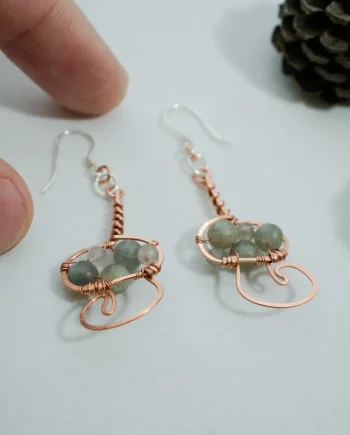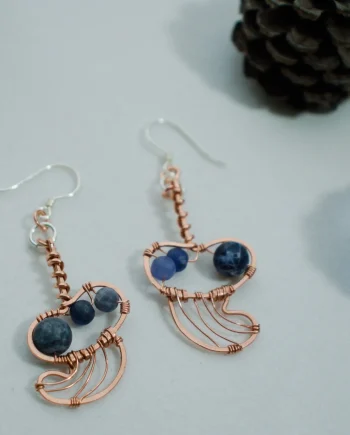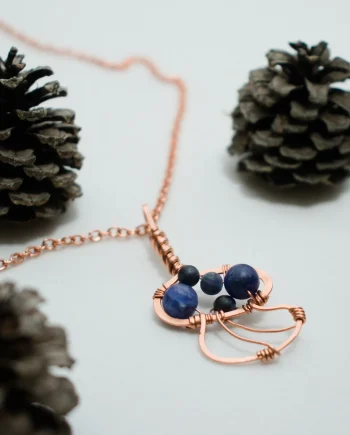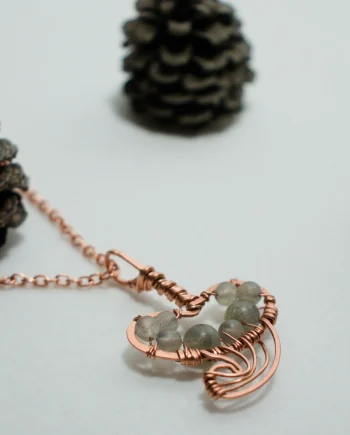
Pleurotus ostreatus
Oyster
Other mushrooms in the series:
Introducing the Oyster Mushroom
Of all the strange new mushrooms you might be learning about, this is one you may have seen. This species is a popular mushroom grow-kit: you purchase a block of sealed inoculated media, water it, and watch it grow right in your kitchen!
Edible and delicious!
In the Wild
Oyster mushrooms occasionally grow on their own, but usually grow in large masses, row upon row on hardwood logs and stumps throughout the northern hemisphere.
It usually grows on deciduous trees, sometimes while they still stand – but they are not parasitic, but saprophytic (feeding off dead material) – including elm, cottonwood, alder, or oaks.
Oyster mushrooms are one of the few known carnivorous mushrooms. Its mycelia actively kill – and digest – nematodes, tiny worms from the microscopic up to 5cm in length, ranging from free-living, soil dwelling decomposers to parasitic – a parasite of plants, animals, or humans!
It is quite easy to cultivate, which has given it relative success in grow-your-own kits, growing for market, and other uses, like mycoremediation.
Mycoremediation is the use of mushrooms to aid in ‘cleaning up’ contamination or toxic waste to heal the land to its former state. Oyster mushrooms have successfully been used to remediate PCBs, heavy metals, and oil spills.
There is even work being done to make a ‘mushroom leather’ using oyster mushrooms!
Other mushrooms in the series:
Useful Links:
*These links include affiliate links, for which I may receive a small amount at no extra cost to you.
- Mushrooms Demystified – David Arora (A hefty, not that portable, extensive mushroom identification book)
- All That the Rain Promises and More – David Arora (A lighter, more portable basic mushroom identification book)
- Mycelium Running: How Mushrooms Can Help Save the World – Paul Stamets (An interesting read on the potential role of mushrooms in remediation)




